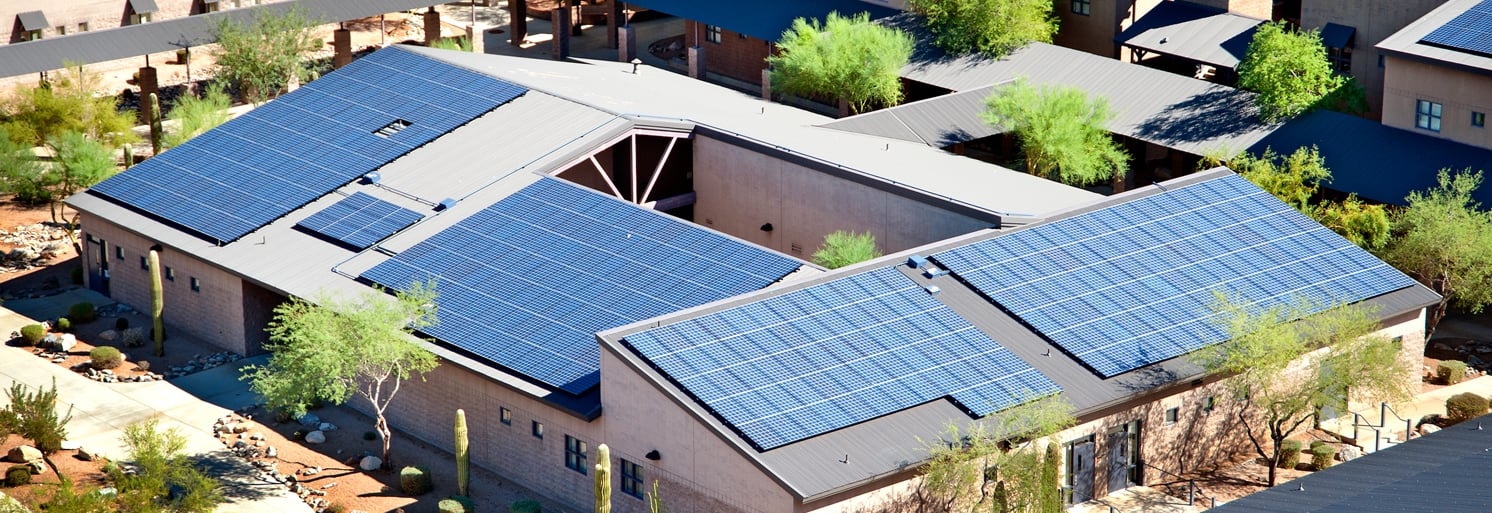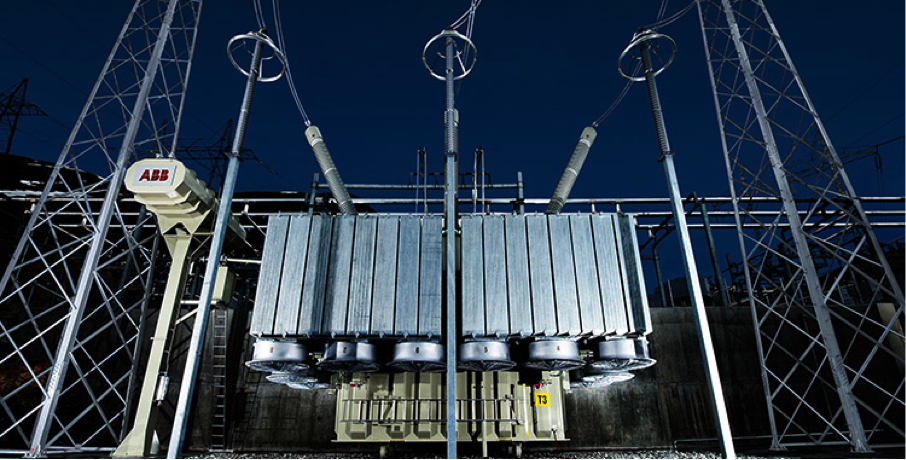 Earlier this year, we published the Advanced Energy Now 2015 Market Report. That report showed that the U.S. market for advanced energy products and services grew 14 percent in 2014, five times as fast as the U.S. economy overall. At just under $200 billion in revenue, advanced energy is now bigger than the U.S. airline industry, equal to the pharmaceutical industry, and nearly as large as consumer electronics. That is big news. Just as important is what’s driving the growth of the advanced energy market in this country.
Earlier this year, we published the Advanced Energy Now 2015 Market Report. That report showed that the U.S. market for advanced energy products and services grew 14 percent in 2014, five times as fast as the U.S. economy overall. At just under $200 billion in revenue, advanced energy is now bigger than the U.S. airline industry, equal to the pharmaceutical industry, and nearly as large as consumer electronics. That is big news. Just as important is what’s driving the growth of the advanced energy market in this country.
Looking across the market and policy landscape, I see five drivers of market growth for advanced energy companies, now and into the future.
- Reducing Carbon Emissions. EPA’s Clean Power Plan won’t be final until later this summer, but the draft rule is already shaping markets for energy investment. For reducing carbon emissions from the electric power sector, advanced energy is the answer. Energy efficiency and demand response. Low-emission natural gas generation. Zero-emission renewable energy. Advanced grid technologies and energy storage. As described in our Advanced Energy Technologies for Greenhouse Gas Reduction report, these are the measures states can use to meet EPA standards and modernize their electric power systems for the 21st century. AEE member companies are ready to deliver their solutions on a large scale. That means revenue growth for the industry and economic growth for the states that put advanced energy to work.



